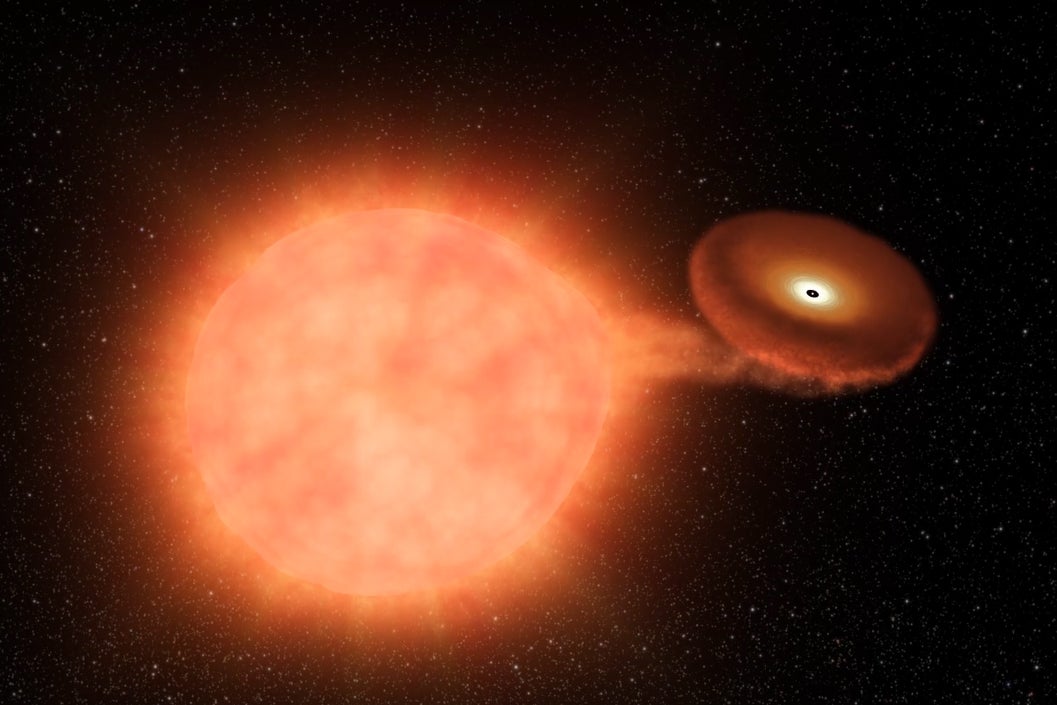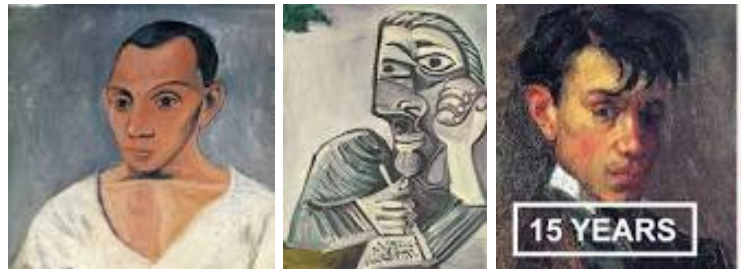Another Correct Use of “Comprise”
“Is comprised of” is one of the worst pretentiousisms out there, and one that bugs me the most. Don’t ever say it!
Here’s the rule:
When you’re talking about a whole thing and its parts, compose goes from the parts to the whole, and comprise goes from the whole to its parts.
Here’s a guy who got it right:
OVER 5,000 YEARS AGO IN what is today Slovakia, a Neolithic community erected a new building. It wasn’t the first “longhouse” in Vráble, an early town comprising about 100 buildings in all.
https://www.atlasobscura.com/articles/slovakia-neolithic-rotating-buildings
I mentioned this topic before. For more examples, use the search box in the upper right.
Here’s a picture:

PS—Just ran into another correct usage:
Another example is Isabel de Olvera, a free woman of African descent, who in 1600 went on an expedition to New Spain (a region comprising present-day New Mexico, Arizona, Florida and other parts of North and South America), in search of trade goods and new places to settle.
https://www.washingtonpost.com/outlook/five-myths/five-myths-about-slavery/2020/02/07/d4cb0e6a-42e0-11ea-b503-2b077c436617_story.html
Subscribe to this blog's RSS feed
Compose and Comprise
I have written about both of these words in the past (look them up in the search box in the upper right) but I found both of them in the same sentence, and they’re both correct! Couldn’t pass it up.
Whereas typical white dwarfs comprise carbon and oxygen, these stars are mostly composed of neon.
https://www.scientificamerican.com/article/zombie-stars-shine-on-after-mystery-detonations/
—In a Scientific American article, naturally. They’re usually pretty good about getting these things right.
Remember the rules:
- Comprise goes from the whole to a list of parts
- Composed of goes from parts to the whole
- Never use “comprised of”! It’s a pretentiousism.
I like pictures, so here’s one from the article. The sentence refers to the single-pixel white spot in the middle of the donut. Look closely.

Credit: NASA and JPL-Caltech
PS—For you picky, detail-oriented editors out there—The sentence refers to the dwarf star represented by the single-pixel white spot.
Yay! A Correct “Comprise”
So many so-called writers use the pretentiousism of “is comprised of” that I mention correct usages every chance I get. Here’s our current correct construction, from Jonathan Amos, of the BBC, no less:
The Annie Maunder Astrographic Telescope (AMAT) is actually a four-in-one instrument. It comprises three smaller refractors around a top-end, 14-inch (35.5cm) aperture Schmidt-Cassegrain telescope.
Remember, “comprise” goes from the single, multi-part thing to a list of its parts.
Comprise Again
People get “comprise” correct so seldom, I have to post examples of getting it right whenever I see them.
Dubbed “Cabin by the Sea”, the single bedroom home is built around a central living cube, which not only comprises a kitchen, study and bathroom suites, but also separates the home into its separate quarters.
Remember, “comprise” goes from the whole to its parts, “compose” goes from the parts to their whole.
PS—I just ran into a post on Google+ where the writer used “comprise” correctly—twice! Here it is:
Comprising around 7500 coins and 1200 pieces of bullion, it is the largest known Viking hoard from Western Europe. … The hoard comprises a mixture of coins, ingots and hacksilver, mainly from Viking ruled parts of England with some from the Continent and the Islamic world too.
The post is about a museum exhibit in England. …the extensive Cuerdale Viking Hoard, ‘Vikings: Rediscover The Legend’ Exhibition, The Riverside Arts Centre Museum, Nottingham, 6.1.18.
Another Writer gets Comprise right
“Comprise” is frequently treated as a fancy (read pretentious) synonym for “compose,” particularly in the circumlocution “is comprised of.” Ick. Don’t ever say (or write) that.
So when I see someone do it right, the sentence is worth mentioning. It’s from This Day in History for October 25:
The work of Picasso, which comprises more than 50,000 paintings, drawings, engravings, sculptures, and ceramics produced over 80 years, is described in a series of overlapping periods.
Here’s the rule: One comprises many, many compose one. In this case, one (work) comprises 50,000 works of art.
I try to include an illustration of some sort in these posts, so here’s me killing two birds with one stone: Pictures of Picasso himself, painted by Picasso himself. I’m not particularly a fan of Picasso’s work—I rather prefer the Pre-Raphaelites myself—but there you have it.
I’m not particularly a fan of Picasso’s work—I rather prefer the Pre-Raphaelites myself—but there you have it.
